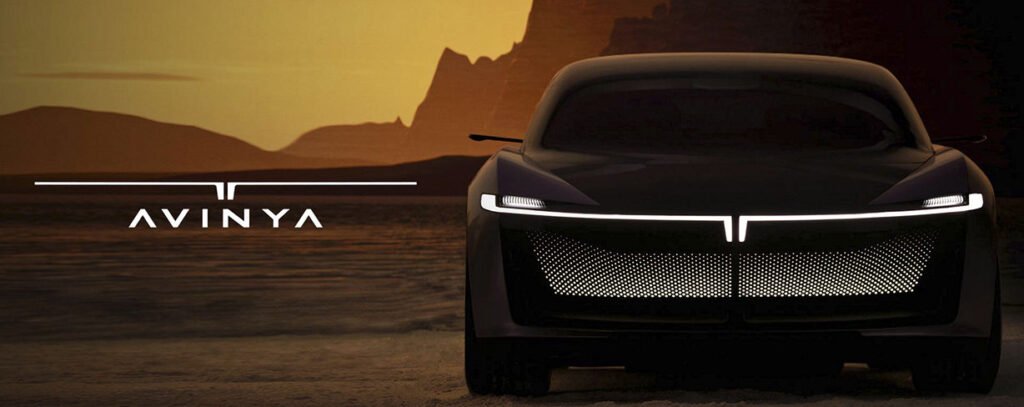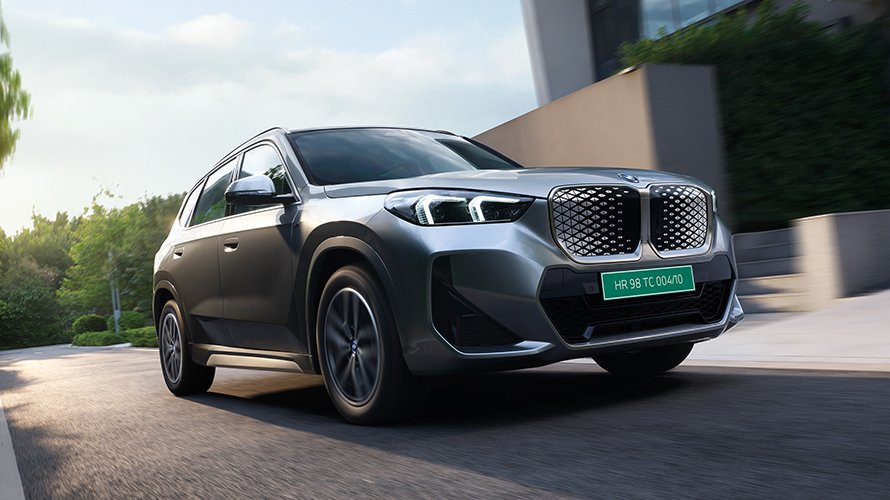Tata Passenger Electric Mobility (TPEM) is poised to revolutionize India’s electric vehicle (EV) landscape with the anticipated launch of the Tata Avinya by the end of 2026. Unveiled as the Avinya X concept at the Bharat Mobility Global Expo 2025, this premium electric SUV has evolved significantly from its 2022 debut, showcasing a bold vision for next-generation mobility. Built on Tata’s cutting-edge GEN 3 architecture, the Avinya promises a blend of innovative design, advanced technology, and sustainability, positioning it as a formidable contender in India’s premium EV segment against rivals like the Hyundai Creta Electric and the Vinfast 6
The Avinya Concept embodies a human-centric design philosophy, blending the versatility of an SUV, the spaciousness of an MPV, and the sleekness of a premium hatch. Inspired by the fluid lines of a catamaran, the Avinya X features a striking crossover-SUV silhouette with a high stance, large aero alloy wheels, and pop-out door handles. Its exterior is highlighted by T-shaped LED Daytime Running Lights (DRLs) and a connected LED tail lamp, creating a minimalist yet bold aesthetic. The signature “Butterfly” doors, a standout feature, eliminate the B-pillar to enhance cabin accessibility and spaciousness, offering a serene and premium experience.
Inside, the Avinya prioritizes minimalism and tranquility, deliberately eschewing excessive screens to reduce distractions. Instead, it features voice-activated systems, a functional console-inspired steering wheel, and a sky dome that floods the cabin with natural light, enhancing the sense of space. Sustainable materials, ambient lighting, and an aroma diffuser create a calming environment, while eco-friendly leather upholstery aligns with the vehicle’s green ethos. The Avinya X concept showcased a three-screen dashboard and a free-standing fourth screen, hinting at a tech-forward production model with dual 12.3-inch displays, multi-zone climate control, and advanced connectivity features like wireless Android Auto and Apple CarPlay.
At its core, the Avinya is a pure electric vehicle built on Tata’s GEN 3 architecture, designed specifically for EVs to maximize efficiency, performance, and safety. This platform, potentially leveraging Jaguar Land Rover’s EMA architecture, supports ultra-fast charging, delivering a minimum 500 km range in under 30 minutes. The Avinya’s battery options are expected to include single- and dual-motor variants, with the latter offering all-wheel-drive capability for enhanced performance. Lightweight materials and optimized structural design ensure superior weight management, while advanced driver assistance systems (ADAS), including adaptive cruise control and lane-keep assist, provide cutting-edge safety.
The Avinya’s “Minimize – Maximize – Optimize” philosophy drives its efficiency, utilizing next-gen materials, proprietary energy management algorithms, and robust waterproofing and dust protection for diverse terrains. With a claimed range of over 500 km, the Avinya outperforms competitors like the Hyundai Creta Electric (420–510 km) and the VinFast VF 3 (215 km, NEDC), making it ideal for both urban commutes and long-distance journeys. Its dimensions—approximately 4,900 mm x 2,000 mm x 1,600 mm with a 3,200 mm wheelbase—offer a spacious cabin, surpassing the Creta Electric (4,340 mm x 1,790 mm x 1,655 mm).
Set to launch by June 2026, the Avinya is expected to be priced between ₹30 lakh and ₹60 lakh (ex-showroom), positioning it as a premium offering above Tata’s current EVs like the Nexon EV and Curvv EV. This pricing strategy aims to undercut competitors like the Mahindra XEV 9e and BYD eMAX 7, while challenging the Hyundai Creta Electric’s top-end variants (₹23.66 lakh for Excellence 51.4 kWh). The Avinya’s 500+ km range and fast-charging capability give it an edge over the Creta Electric’s 58-minute DC fast charging (10%-80%) and the VF 3’s 36-minute charge (10%-70%). Its larger size and premium features, such as a panoramic sunroof and Level 2 ADAS, make it a direct rival to the Creta Electric’s Excellence trim, which offers similar amenities.
Tata Motors is investing heavily in its EV portfolio, with plans to launch 10 EVs by 2026, including the Curvv EV, Harrier EV, Sierra EV, and Avinya series. The Avinya’s production, starting with the P1 model at Tata’s Sanand facility, is expected to yield 24,000 units annually, targeting premium buyers. The use of JLR’s EMA platform and a ₹33,000–₹35,000 crore investment by 2030 underscore Tata’s commitment to sustainable mobility, aiming for EVs to account for over 30% of its sales by 2030.



